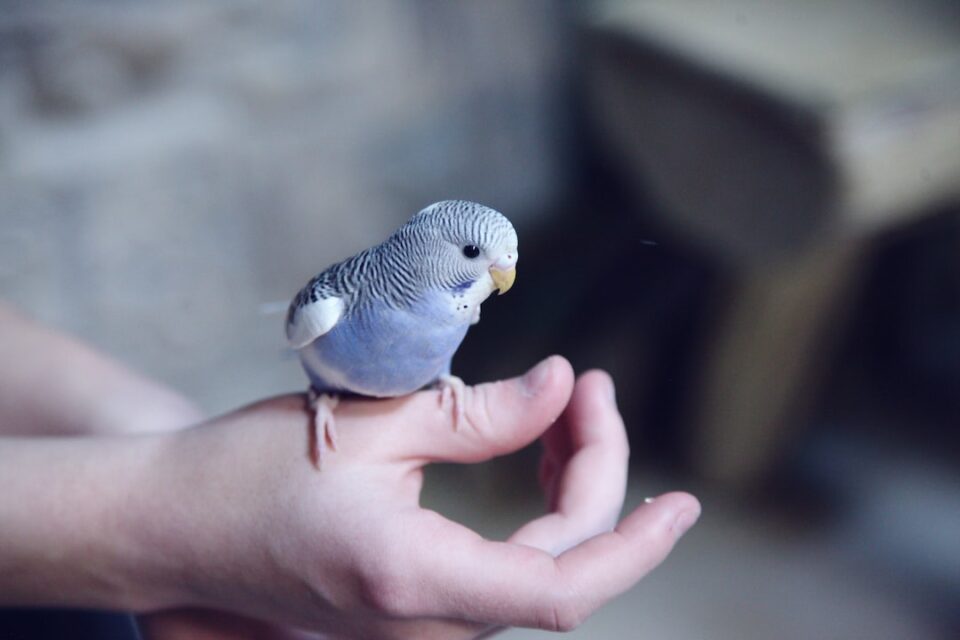As pet owners, we want our furry friends to feel safe and loved at all times. However, pets can experience anxiety just like humans do, which can lead to behavioral issues and a decline in their overall well-being. Understanding and managing pet anxiety is crucial to ensuring your pet’s happiness and longevity.
Types of Anxiety in Pets
There are many different types of anxiety that pets can experience, each with its own unique set of symptoms and causes. Some of the most common types of anxiety in pets include:
1. Separation Anxiety – This type of anxiety occurs when a pet becomes fearful or upset when left alone or separated from their owner. It can lead to destructive behaviors such as excessive barking, digging, or chewing.
2. Noise Anxiety – Pets can become anxious in response to loud noises such as thunderstorms, fireworks, or construction. They may exhibit signs of fear or panic, such as shaking, panting, or hiding.
3. Generalized Anxiety – Some pets may experience anxiety or stress without a specific trigger or situation. They may become withdrawn, avoidant, or display behaviors such as compulsive licking or chewing.
4. Aggression-driven Anxiety – Pets can become aggressive when they are anxious, fearful, or stressed. This can sometimes lead to aggressive behavior towards humans or other animals.
Managing Pet Anxiety
1. Consult with your vet – If you suspect that your pet is experiencing anxiety, the first step is to consult with your veterinarian. They can rule out any underlying medical issues that may be contributing to your pet’s behavior and recommend appropriate treatment options.
2. Create a Calming Environment – Creating a peaceful and calming environment can help to reduce your pet’s anxiety. Avoiding loud or sudden noises and having a consistent routine can be helpful in establishing a sense of security for your pet. Providing comforting items such as a cozy bed, blankets, or toys can also help to ease your pet’s anxieties.
3. Exercise and Stimulation – Exercise and playtime can help to reduce anxiety in pets. Regular exercise can help to release endorphins, which are natural mood enhancers. Providing your pet with enrichment activities such as toys, puzzles, or treats can also help to keep them engaged and mentally stimulated.
4. Behavior Modification – In some cases, behavior modification can be helpful in reducing pet anxiety. This may involve gradual desensitization to anxiety triggers, rewarding positive behavior, and redirecting negative behaviors.
5. Medications – In some cases, medication may be necessary to manage severe pet anxiety. Your veterinarian may prescribe anti-anxiety medications or sedatives to help calm your pet during times of stress or anxiety.
Preventing Pet Anxiety
Preventing pet anxiety is important for maintaining your pet’s overall well-being. Some measures that can be taken to prevent anxiety include:
1. Establishing a routine – Keeping a routine can provide your pet with a sense of structure and familiarity, which can help to reduce anxiety.
2. Socialization – Socializing your pet from a young age can help to prevent anxiety in social situations. Exposure to different people, animals, and environments can help to build your pet’s confidence and reduce their anxieties.
3. Positive Reinforcement – Using positive reinforcement techniques such as treats or praise can help to reinforce good behavior and reduce anxiety in your pet.
4. Providing Comfort – Providing your pet with a comfortable and safe space can help to reduce anxiety. This can include a cozy bed, blankets, or toys that your pet loves.
Conclusion
Understanding and managing pet anxiety is crucial to ensuring your pet’s happiness and longevity. It is important to consult with your veterinarian to determine the best way to manage your pet’s anxiety. Creating a calming environment, providing exercise and stimulation, behavior modification, and medication are all viable options. Preventing anxiety by establishing a routine, socializing your pet, using positive reinforcement techniques, and providing comfort can help to reduce the risk of anxiety in your pet. By recognizing and addressing anxiety in your pet, you can help to ensure that they lead a happy and healthy life.

